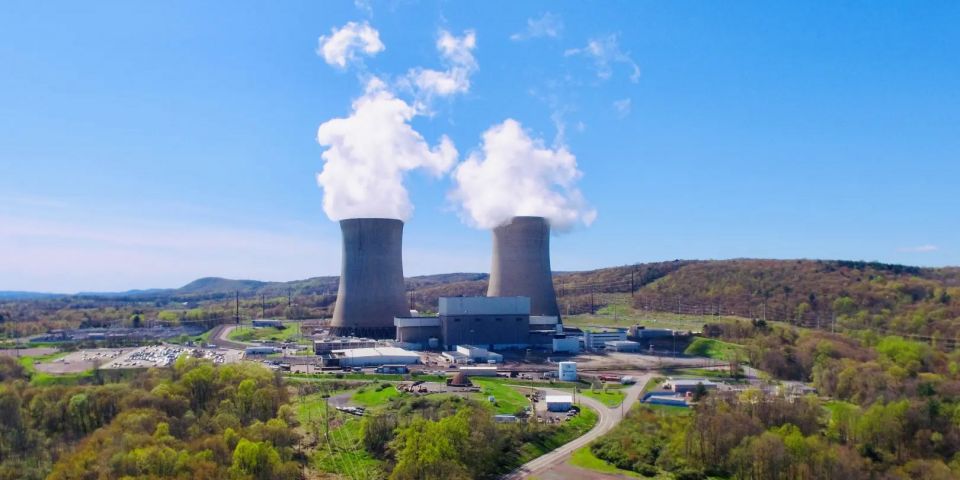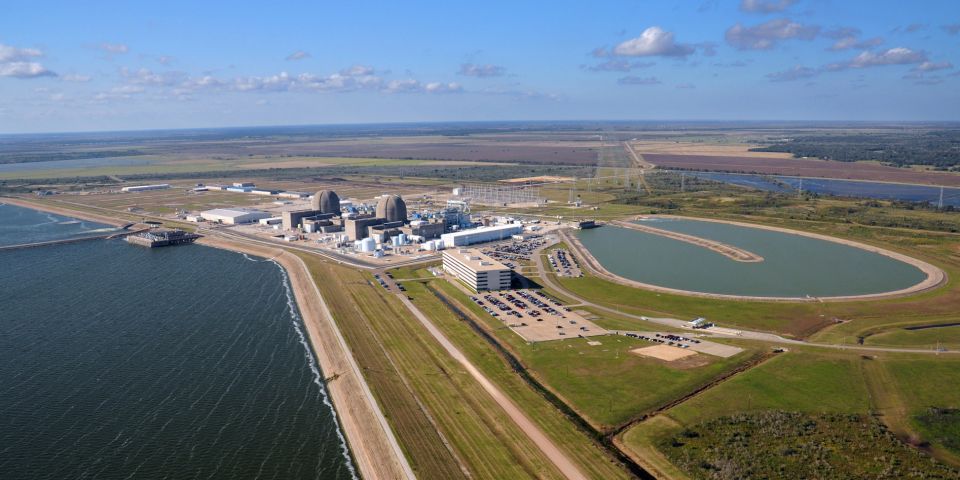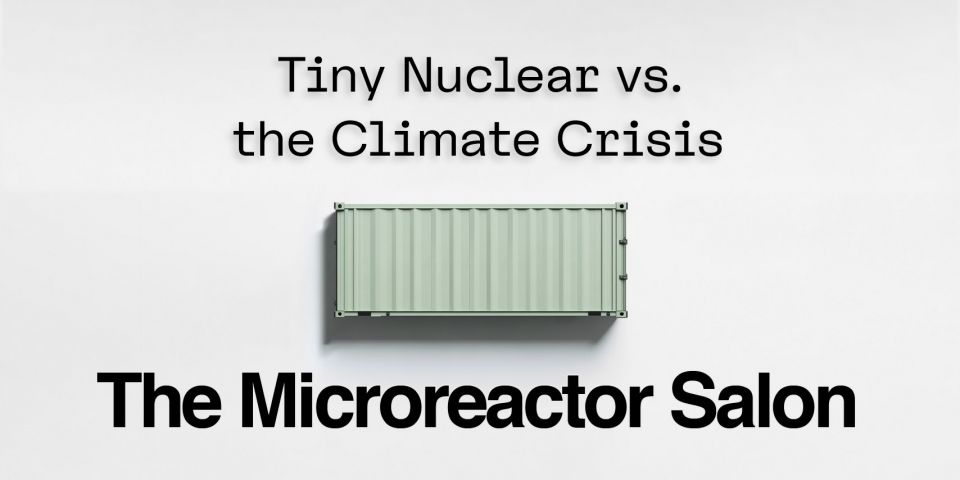Opinion: Financing the future of clean energy—Green bonds in the nuclear sector
As evidenced by the well-attended Climate Week NYC, there is a growing awareness that nuclear energy must be incorporated into national energy strategies if net-zero goals are to be achieved. In recent years, green bonds have found solid footing in the world of energy finance. These eco-friendly issuances have evolved from supporting just wind and solar projects and are increasingly being used to power much-needed growth in the civil nuclear sector. Green bonds that have been issued over the past several years in Canada, France, Finland, and the United States are now being used to support investment in nuclear projects, from breathing new life into old reactors to in certain instances supporting nuclear new build projects. However, a question remains: Can this liquidity be deployed where and when it is needed most—to support ambitious new nuclear project buildouts?
Initially, green bonds in the nuclear sector were focused on the refurbishment and life extension of existing nuclear facilities. For example, the primary motivation behind the C$500 million green bond issued by Bruce Power in 2021 was to upgrade its existing reactor fleet. Other energy companies—including Canada’s Ontario Power Generation, France’s Électricité de France, Finland’s Teollisuuden Voima Oyj, and the U.S.’s Constellation—followed suit, issuing green bonds to fund similar upgrades and life extensions.
More recently, the green bond landscape is moving in even more positive directions, with the nexus of national nuclear policy changes clearing the way and clarifying eligibility requirements to facilitate financing to meet required expansions in civil nuclear programs. While the Canadian federal Green Bond Program initially excluded nuclear power, a recent policy change led to its inclusion as an eligible use of proceeds. Companies such as Bruce Power are also revising and updating their green bond frameworks to allow financing for nuclear new builds and infrastructure improvements. Bruce raised C$600 million in March 2024. In July 2022, OPG raised C$300 million in a 10-year green bond issuance. At first, the funds were to be deployed for life extensions and maintenance purposes, but OPG also adjusted its green bond framework to include nuclear new builds. Furthermore, Japan’s Kansai Electric Power Company is purportedly contemplating a green bond issuance that could support nuclear projects, though it is still unclear if the funds will cover new builds or focus on existing reactors.
Green bonds issued to finance nuclear energy have captured significant market interest. Bruce Power’s initial green bond issued in 2021 was oversubscribed by six times (as was OPG’s in 2022), highlighting growing investor sentiment with business initiatives that align with environmental, social, and governance/green criteria.
Nevertheless, the slow initial inclusion of nuclear energy in federal green bond programs shows the complex relationship between policy objectives and sustainable finance. Policymakers often use the phrase “unlocking (or mobilizing) private capital” to catalyze private financing in support of nuclear power and other infrastructure projects, but the reality is that private capital will only invest where viable projects with strong economic returns exist. Simply identifying nuclear energy as “clean energy” is insufficient without supporting economic and business metrics at the project level. Thus, any nuclear sustainable finance initiative will need to be supported with offtake structures and other policy initiatives (e.g., tax incentives) that value the clean, baseload aspects of nuclear energy.
In looking to green bonds as a financing solution for the nuclear industry, it is important to understand that despite the positive signals, all green bond issuers intending to deploy proceeds for nuclear power (whether for refurbishment or new build projects)—Bruce Power, OPG, Constellation, EDF—are well-capitalized, investment-grade companies. The companies themselves rather than any specific nuclear project are ultimately the source of repayment. The exception is TVO with its Mankala model, is a unique business/financing model widely applied in the Finnish energy industry whereby a nonlisted, public limited liability corporation is run as a “zero-profit” cooperative for the benefit of its shareholders. The model enables a group of shareholders, who are often energy-intensive end-users, to jointly develop a large energy infrastructure project that would otherwise be too big for any of them to develop on their own, and then to purchase the power produced at cost in proportion to the capital contributed by each shareholder.
TVO’s sole business purpose is to develop and operate the three existing nuclear plants (Olkiluoto-1, -2, and -3) in its portfolio and to finance, develop, and operate future nuclear power plants. It remains the ultimate obligor for any financing raised, and lenders have grown very comfortable with TVO’s business model and the underlying strength of the Finnish companies and municipalities to repay their obligations and to step into the breach in the event of any cost overruns and delays with equity contributions proportional to whatever incremental debt that is required. TVO’s €600 million, seven-year green bond issuance in December 2023 will be used for the purpose of financing of any investments in the three Olkiluoto units or to refinance investments that have already been made.
Green bonds have the potential to be a game changer for the necessary growth of the nuclear sector. Yet, as a source of capital during the construction period, green bonds remain a meaningful option only for large, creditworthy companies that can tap this source of liquidity. Given this “market cap” constraint, less well-capitalized project developers/owners could potentially consider green bonds as a refinancing option just prior to or after commercial operations have commenced and when the project is substantially de-risked and is generating revenue. At that point, if a long-term, creditworthy offtake agreement is in place, the revenue stream generated (if priced appropriately) could backstop the nuclear green bond issuance. Such a strategy, however, likely would need to be integrated into the overall structuring of the project during the development phase, before the final investment decision, and/or prior to issuance of the construction license.
By funding both the refurbishment of existing reactors and the construction of new ones, green bonds are helping shape a more sustainable and resilient energy landscape, underscoring the trend that nuclear energy is increasingly recognized as a key player in both the domestic and global transition to clean energy.
Amjad Ghori is managing director of U.K.-based AGIAS Advisory Ltd. and an affiliate of Nuclear Economics Consulting Group. Paul Murphy is managing director of Murphy Energy & Infrastructure Consulting Group (MEIC), Greensabre Consulting Ltd., and Cross River Infrastructure Partners and is also an affiliate of Nuclear Economics Consulting Group. Caitlin Murphy is a research assistant at MEIC and an undergraduate at Boston College.









